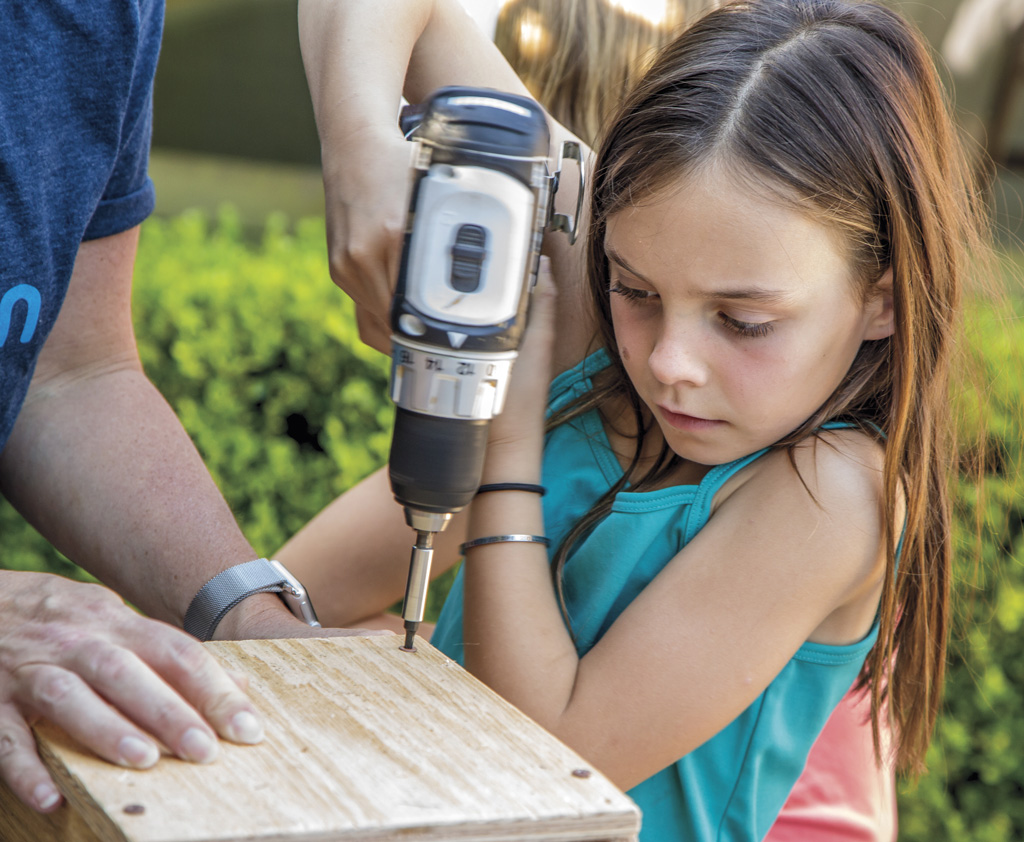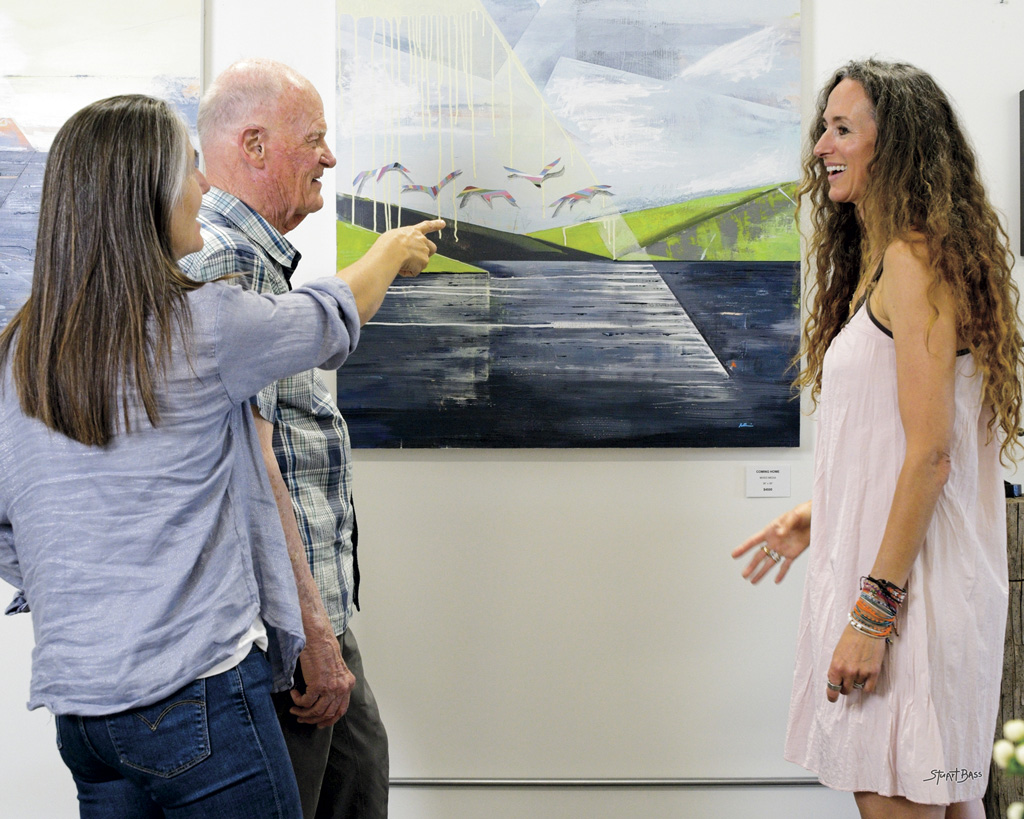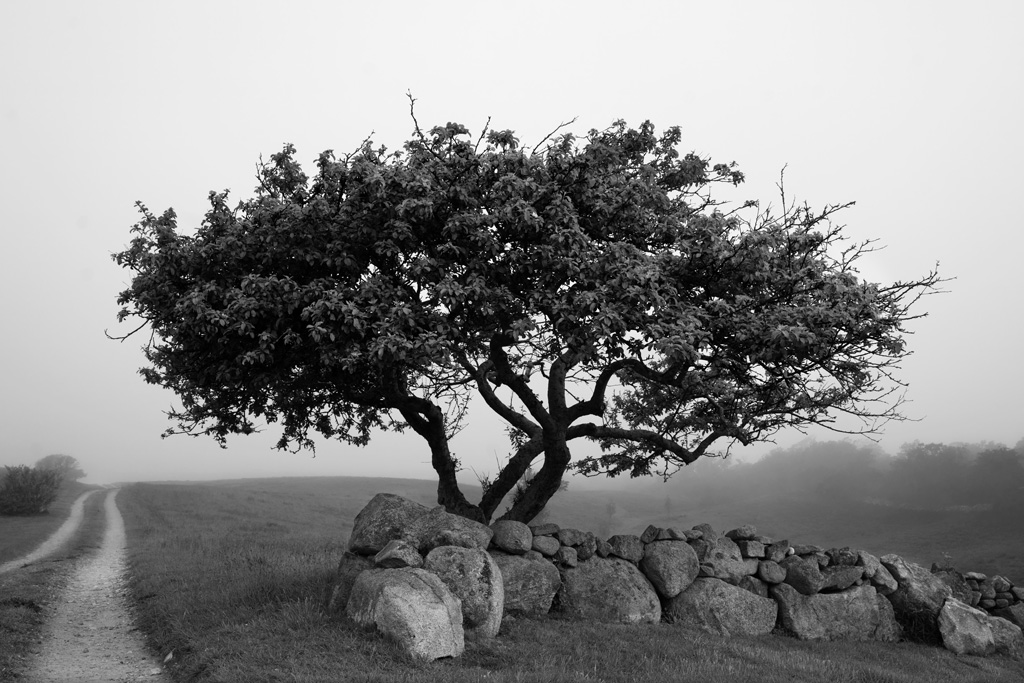News
Children for Change Is Teaching the Next Generation to Get Involved
 A student volunteer works on building a squirrel house. (Courtesy of Children for Change)
A student volunteer works on building a squirrel house. (Courtesy of Children for Change)When San Anselmo’s Annelise Bauer’s twin boys heard a favorite El Salvadoran teaching assistant at their school say that some schools in his country didn’t have a roof and badly needed supplies, they leapt into action gathering donated materials to send to educators there.
“They really loved the feeling of doing things for other people with other people and so we started a club at lunch,” says Bauer, who studied education and got her teaching certificate at Princeton. That 2014 effort soon grew into the organization Children for Change (C4C), which offers an integrated in-school program once a week for pre-kindergarten to eighth grade students in Marin that focuses on the power of empathy and volunteering.
“Nonprofit organizations aren’t necessarily looking for young people to come and volunteer, so we helped create and coax those volunteer opportunities out,” says Bauer. “We are taking the long view that we’re creating these habits of heart and mind, and that hopefully the students will find what they are passionate about and do something to help their community.”
The 45-minute weekly program offers kids the opportunity to hear from speakers, including county supervisors, learn and ask questions and also work on in-class projects like putting together sack meals for St. Vincent de Paul or decorating boxes for the Homeward Bound Wagster program. And those who want to take it further can sign up for after-school volunteer opportunities — C4C partners with 30-plus local nonprofits in Marin.
“It’s been great to see not only what kids can do, but the ways in which they can interact beautifully with individuals,” Bauer says, highlighting the volunteer work the group does, like playing bingo with folks with mental and physical disabilities. “It’s so humanizing for the students doing something that’s joyful with people who are slightly different from them, or experience or learn differently than them.”
According to Bauer, young people can have a significant power and impact as change makers, particularly when they speak before a group like the county board of supervisors. “When students tell the supervisors that they really should consider banning flavored vape because they see their friends in the bathroom vaping, that is more powerful than an adult saying the same thing.”
Bauer adds that one of the best things about the program is watching the change it can make in the lives of the student participants. A particularly striking example involves a student named Ella, who sat in the C4C sessions for a whole year and never said a word. The next year she suddenly exclaimed: “I have this idea. I know that some people can’t afford Halloween costumes; I think we should have a Halloween costume drive and I’ll lead it.” And lead it Ella did, talking to large groups of students at multiple schools and finally, in partnership with Bloom Marin, she helped to secure 300 costumes to give to underrepresented kids. “She presented those costumes with pride to Bloom for distribution and watched as kid after kid came to pick one up,” Bauer says. “That’s the change we are trying to support.”









